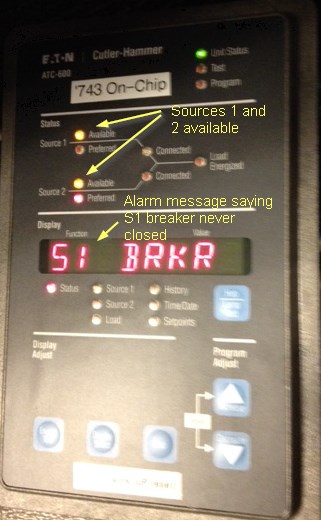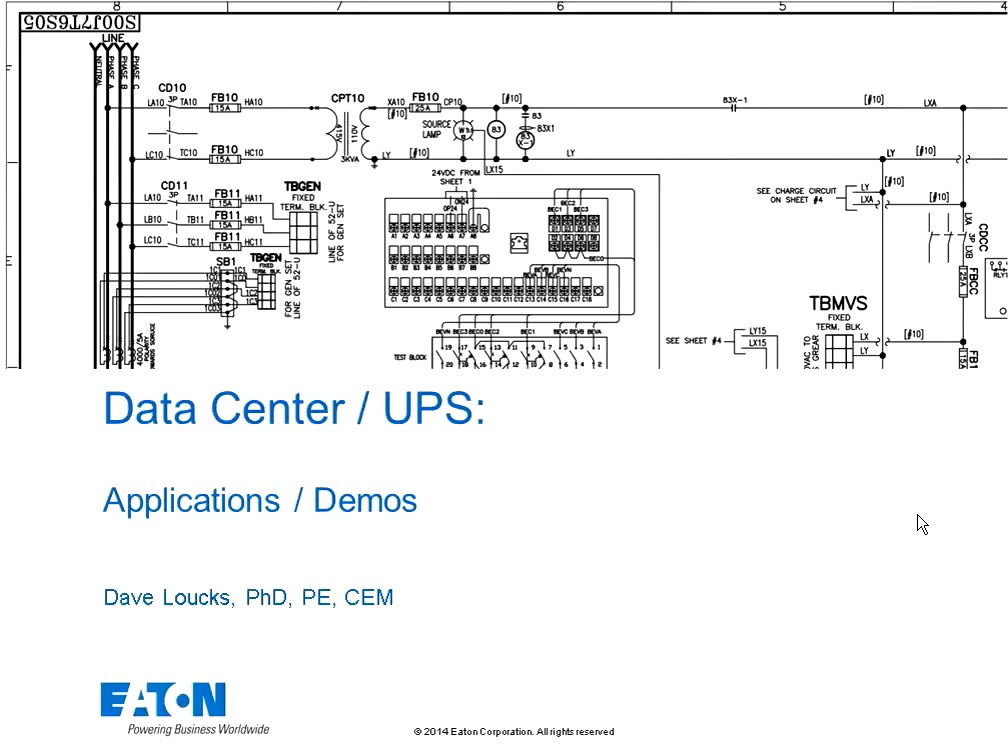You may have noticed that in several of the postings on this site I mentioned that Linear Technology offers a free SPICE program that can be downloaded from their website. The built in help talks about some tutorials, which while I haven't reviewed in detail, look great from a cursory scan:
There are also independent user groups and forums. The one I use the most is: https://groups.yahoo.com/neo/groups/LTspice/info.
As I've played around with LTSPICE, I too have created various screencast videos that show certain features. In the interest of sharing what I've learned I've included them here. Enjoy.
- Tutorial 1: http://www.simonbramble.co.uk/
- Tutorial 2: http://www.linear.com/solutions/LTspice
There are also independent user groups and forums. The one I use the most is: https://groups.yahoo.com/neo/groups/LTspice/info.
As I've played around with LTSPICE, I too have created various screencast videos that show certain features. In the interest of sharing what I've learned I've included them here. Enjoy.
- Video 1 (introduction, how to move around, how to run transient [waveform] and steady-state [AC analysis] simulation:
https://pps2.com/v/s/1/lts.php - Video 2 (how to modify the schematic [delete, moving, inserting, changing values, etc.]):
https://pps2.com/v/s/1/ltsb.php - Video 3 (LTSPICE symbols, modifying schematic to reduce simulation time)
https://pps2.com/v/s/1/ltss.php
In this video I made reference to a spreadsheet that converts between X/R and PF, computes R, X and L values based on desired system voltage and current and much more. That spreadsheet (X over R2.xls) is attached below.

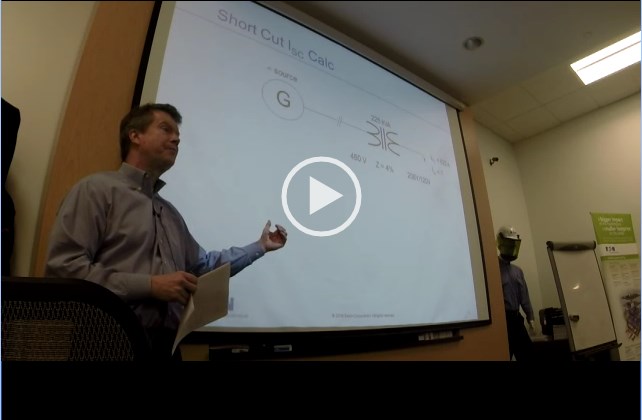
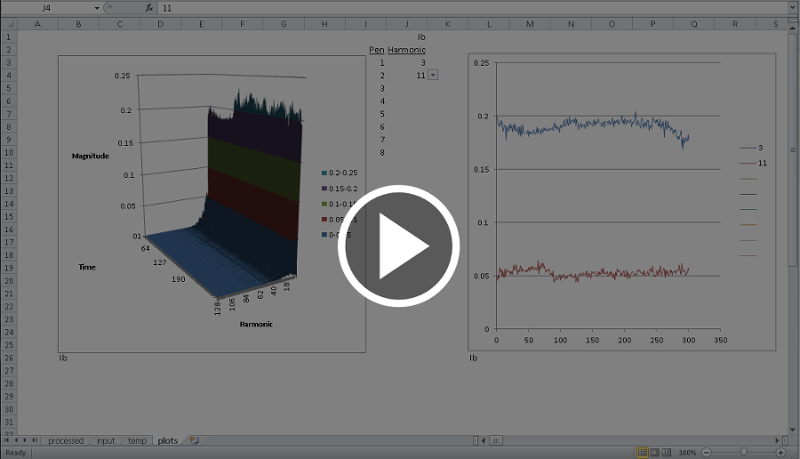
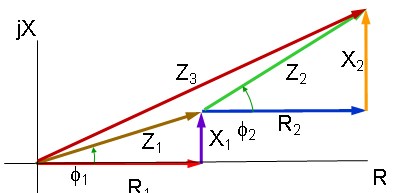




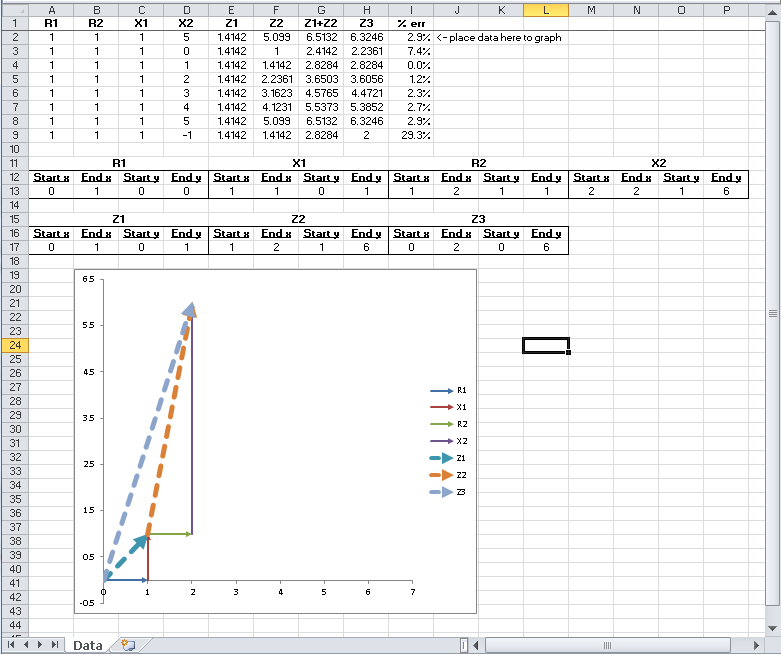

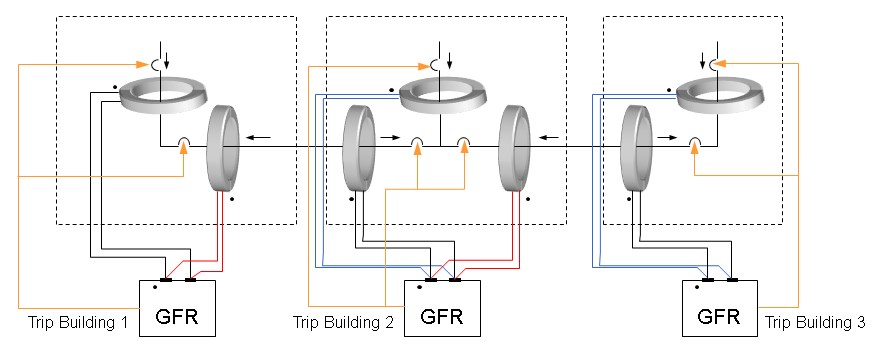
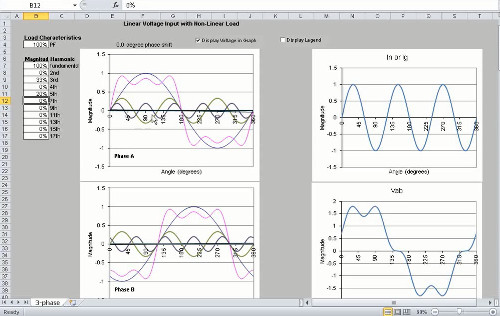
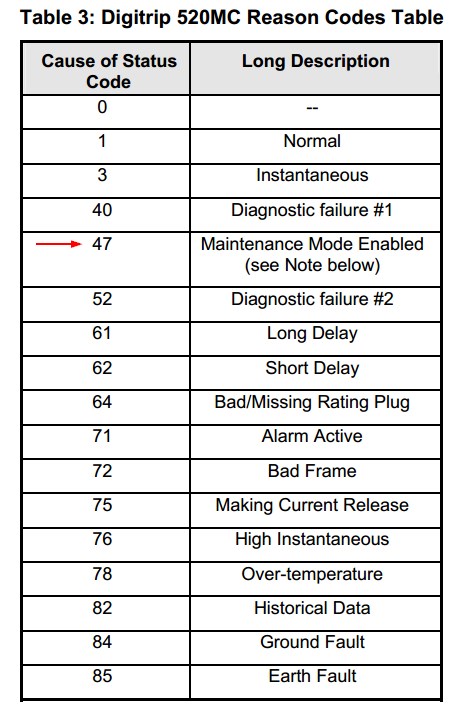
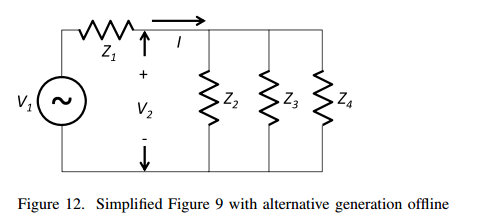
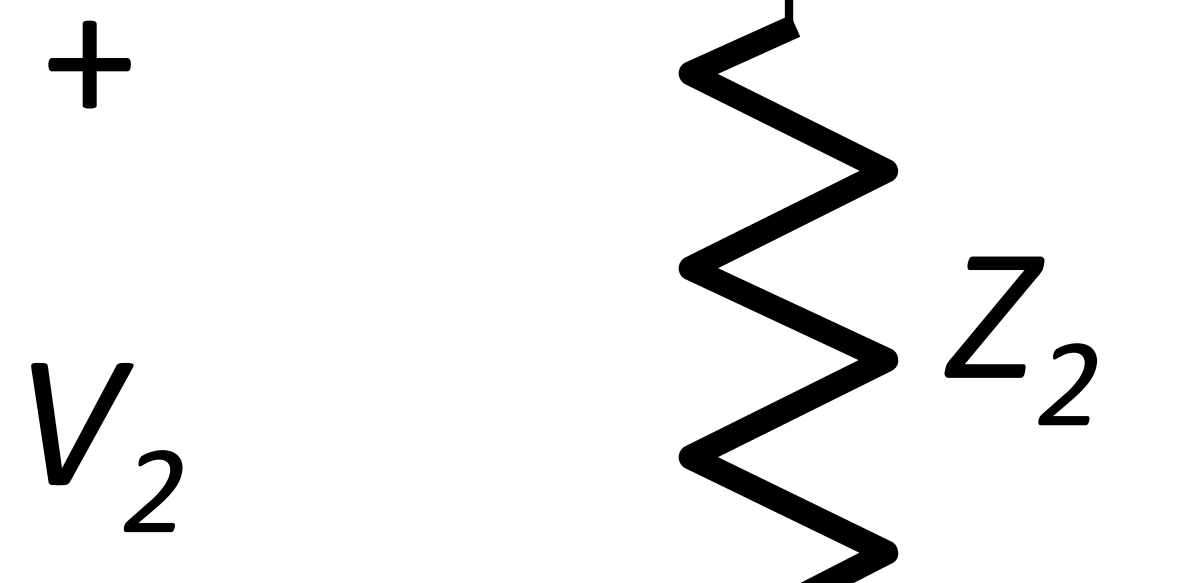
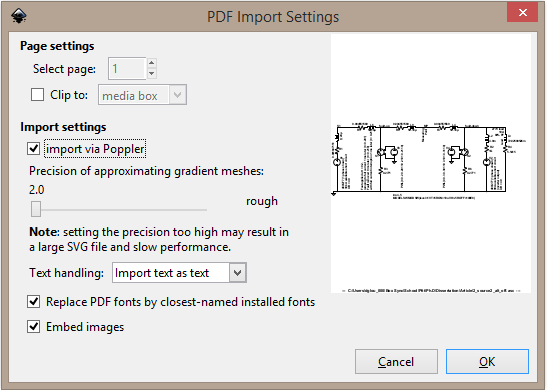
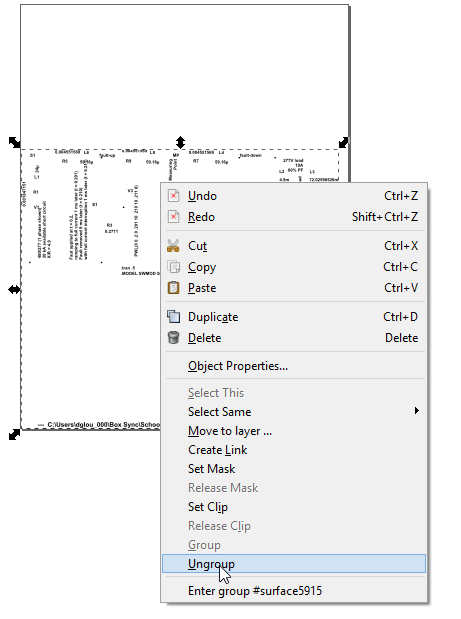

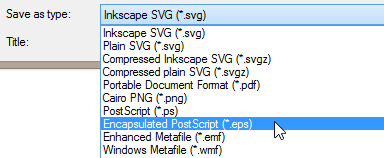
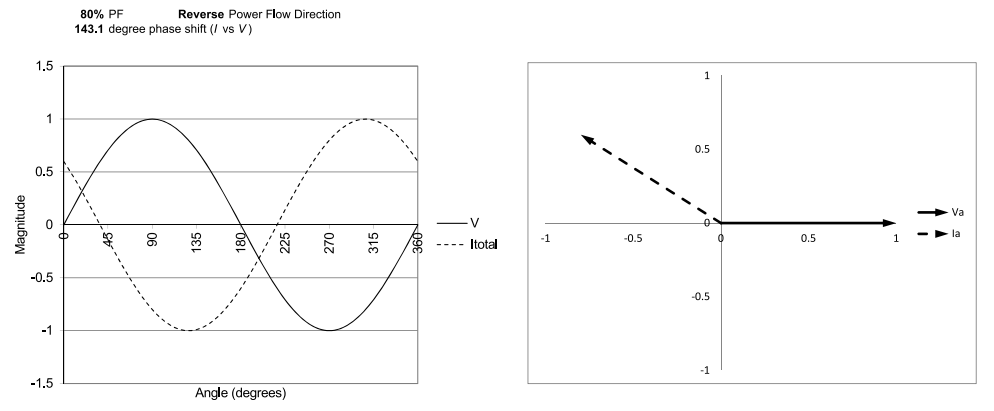
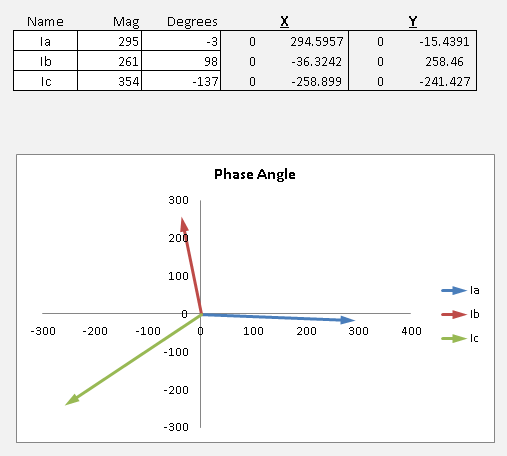
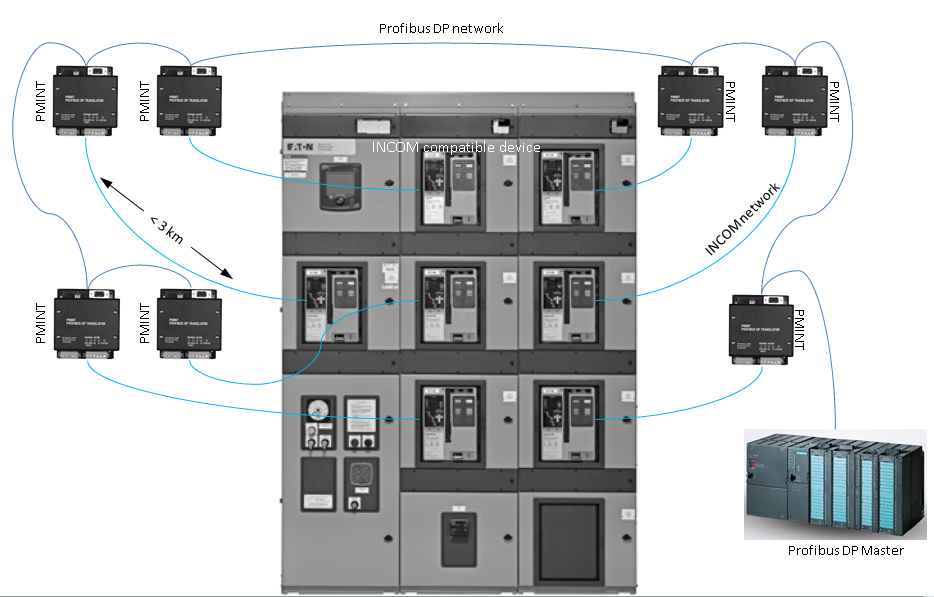














 Only bits S0 and S1 are on, so both sources are available.
Only bits S0 and S1 are on, so both sources are available.
